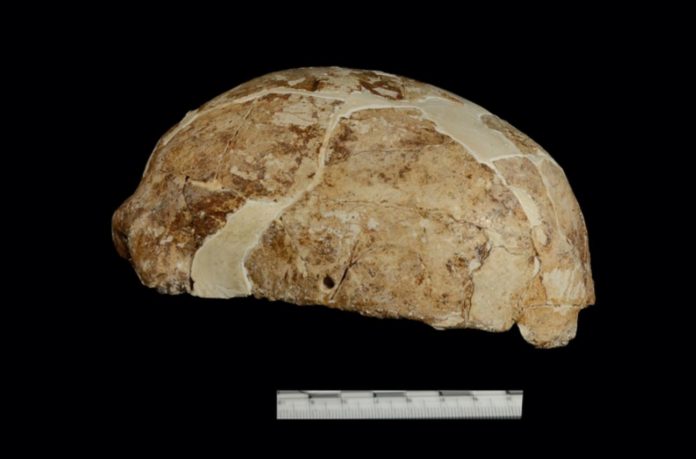Researchers in southern China have successfully sequenced the DNA of ancient human fossils from the Late Pleistocene era.
According to new research published online today in the journal Current Biology, the mystery hominid may have been a member of a now-extinct maternal lineage of modern humans.
“Ancient DNA technique,” according to the authors, “is a really powerful tool” as “it tells us quite definitively that the Red Deer Cave people were modern humans instead of an archaic species, such as Neanderthals or Denisovans, despite their unusual morphological features.”
The researchers looked at the fossils’ DNA and compared it to the DNA of people from all over the world. They discovered that the bones belonged to a person who had strong ties to Native Americans’ East Asian origin.
When this finding was put together with information from other research, the team came up with the idea that some people from southern East Asia had moved north along the coast of what is now eastern China, through Japan, and into Siberia tens of thousands of years ago.
After that, they crossed the Bering Strait, which separates North America from Asia, and were the first humans to reach the New World.
The path leading to this discovery began more than 30 years ago, when a team of Chinese archaeologists found a sizable collection of bones in the Maludong, also known as the Red Deer Cave, in the Yunnan Province in southern China.
As determined by carbon dating, the fossils date back to the Late Pleistocene, some 14,000 years ago. This is around the time that modern humans began to spread over the planet.
Among the artifacts brought out of the cave was a hominin skull cap that showed features shared by both current and ancient people.
The brain, for instance, appeared to be smaller than that of modern humans, and the skull’s shape matched that of Neanderthals.
Therefore, some scientists speculated that the skull belonged to either a previously undiscovered archaic human species that existed until relatively recently or a hybrid population consisting of archaic and modern people.
This ancient DNA was recovered from the skull in 2018 by Bing Su and his colleagues at the Kunming Institute of Zoology, Chinese Academy of Sciences, in collaboration with Xueping Ji, an archaeologist at the Yunnan Institute of Cultural Relics and Archaeology.
By analyzing its genome, scientists were able to determine that the hominin was a member of a now-extinct maternal lineage of modern humans whose descendants can be found today in East Asia, the Indo-China peninsula, and the Southeast Asian islands.
The discovery also demonstrates that human populations in southern East Asia possessed abundant genetic and morphological variation during the Late Pleistocene, to a higher extent than populations in northern East Asia had at the same time.
It shows that the first people to move to eastern Asia settled in the south, and then some of them moved to the north.
“It’s an important piece of evidence for understanding early human migration,” they add.
Next, the team wants to use fossils from southern East Asia, especially ones from before the time of the Red Deer Cave people, to sequence more ancient human DNA.
“Such data will not only help us paint a more complete picture of how our ancestors migrate but also contain important information about how humans change their physical appearance by adapting to local environments over time, such as the variations in skin color in response to changes in sunlight exposure,” according to authors.
Image Credit: Xueping Ji
You were reading: The Skull Unearthed From Red Dear Cave Hints At Origin Of Native Americans
